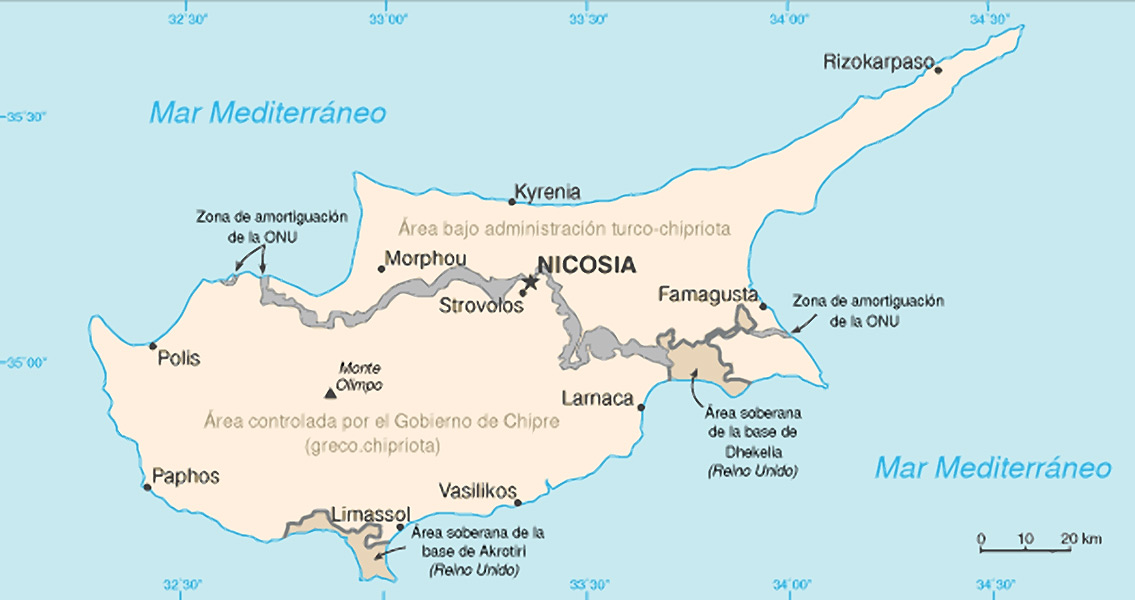<![CDATA[The Department of Antiquities in Cyprus has released a statement confirming that archaeological digs have unearthed what they believe to be the earliest village, dating back to the ninth century BCE, ever found on the Mediterranean island, demonstrating that, in spite of being separated from the mainland by over 70 kilometers (43 miles) of sea, the island was still involved in wider Near Eastern Neolithic developments. The excavations at the Ayios Tychonas-Klimonas site, near the country’s southern coast, revealed that domesticated cats and dogs were already present on Cyprus between 10,600 and 11,200 years ago, when the village was inhabited. Researchers were also able to determine that the villagers hunted birds and smaller wild boar, but did not have the technology to produce pottery. Of the more than twenty buildings uncovered, most had fireplaces which had been built-in, along with a millstone, which weighed between 30 and 50 kilograms (66 to 110 pounds). A large number of stone vessels and tools, along with shell and stone beads and pendants were also discovered at the site. The round buildings, each with a diameter of three to six meters (10 to 20 feet), were constructed of earth and wooden poles, with floors that were frequently plastered. They were situated around a circular communal building (which had been discovered in a separate dig approximately five years ago) that was 10 meters (33 feet) in diameter. Researchers estimate the whole village covered a minimum of half a hectare (1¼ acres) in total. Traces left from large scale sieving activities are strong evidence that the village inhabitants cultivated emmer wheat, also known as hulled wheat or farro, an ancient cereal that was imported from the continent. The Department’s materials state that the architecture and organization of the village, along with the stone tools and evidence of hunting and agriculture, are all consistent with the type of items and activities associated with life around 11,000 years ago, during the Pre-Pottery Neolithic era. Cyprus, officially known as the Republic of Cyprus, lies off the coasts of Turkey and Syria and is the third largest (and third most populous) Mediterranean island, home to some of the world’s oldest water wells. The earliest human activity discovered there to date, was from the tenth millennium BCE. Because of its strategic Middle East location, Cyprus has been occupied by several major civilizations, including the Assyrians, Persians and Egyptians. The Egyptians were in power when the island was seized by Alexander the Great in 333 BCE. Hundreds of years later, the Venetians and the French Lusignan dynasty were followed by over three centuries of Ottoman rule, between the years 1571 and 1878. Excavations were supervised by Francois Briois with the School for Advanced Studies in the Social Sciences (France) and Jean-Denis Vigne with the National Center for Scientific Research-National Museum of Natural History, also in France. ]]>
Archaeologists Discover Early Neolithic Village on Cyprus
